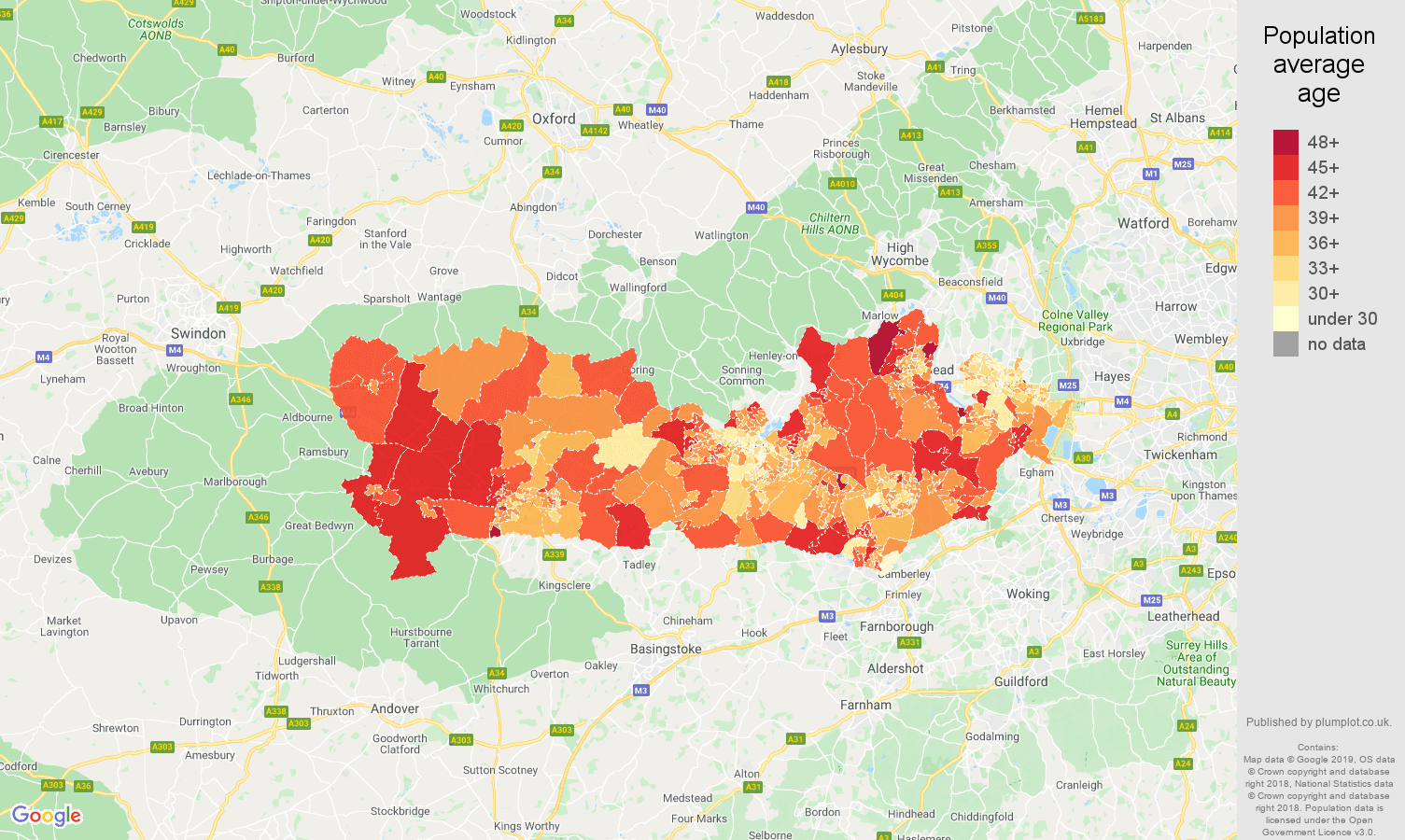West Berkshire Population: A Comprehensive Overview
West Berkshire population has been a topic of interest for many due to its dynamic changes over the years. This region, located in the county of Berkshire, England, showcases a rich blend of urban and rural life, making it a unique place to live and study. The population statistics not only reflect the growth of the area but also the socio-economic factors that influence this growth. In this article, we will delve deep into the demographics, trends, and future projections of the West Berkshire population, providing a thorough understanding of this vibrant community.
As we explore the various facets of West Berkshire, we will cover essential aspects such as the population density, age distribution, and ethnic diversity. These factors play a vital role in shaping the character of the region and its development. Moreover, we will look into the historical context of the population growth and the challenges that come with it, providing a balanced view of the current state of affairs.
This article aims to equip readers with valuable insights, backed by data and statistics, allowing for a better understanding of the West Berkshire population. Whether you are a resident, a potential mover, or just curious about this beautiful part of England, our detailed analysis will provide the information you need.
Table of Contents
- Demographics of West Berkshire
- Population Density
- Age Distribution
- Ethnic Diversity
- Historical Context of Population Growth
- Challenges Facing West Berkshire Population
- Future Projections for West Berkshire Population
- Conclusion
Demographics of West Berkshire
West Berkshire is characterized by its diverse demographics. According to the latest census data, the population stands at approximately 165,000 residents. This figure reflects a steady increase over the past decade, driven by various factors including migration and natural growth.
Key Demographic Statistics
- Total Population: 165,000
- Population Growth Rate: 5% over the last decade
- Average Household Size: 2.4 persons
In terms of gender distribution, the population is relatively balanced, with slight variations. The gender ratio indicates that there are slightly more females than males, a trend that is common in many regions across the UK.
Population Density
The population density of West Berkshire is approximately 230 persons per square kilometer. This figure indicates a mixture of urban and rural areas, with denser populations found in towns such as Newbury and Thatcham.
Factors contributing to population density include:
- Availability of housing
- Access to amenities and services
- Transport links
Age Distribution
Understanding the age distribution within West Berkshire is crucial for planning and development. The population is composed of various age groups, each contributing to the region's demographics:
Age Breakdown
- 0-14 years: 18%
- 15-64 years: 78%
- 65 years and older: 14%
This age distribution highlights a predominantly working-age population, which is essential for the local economy. However, the increasing percentage of older adults may pose challenges for health services and social care in the future.
Ethnic Diversity
West Berkshire is home to a rich tapestry of ethnicities, contributing to its cultural vibrancy. The majority of the population identifies as White British, but there is a noticeable presence of other ethnic groups, including:
Ethnic Breakdown
- White: 90%
- Asian: 5%
- Black: 2%
- Mixed: 3%
This diversity adds to the community's character and has implications for local education, services, and cultural events.
Historical Context of Population Growth
The population of West Berkshire has seen significant changes over the years. Historically, the area was predominantly rural, but post-World War II saw an influx of housing developments and urbanization. This shift led to a remarkable increase in population as more people sought residence in the region.
Key historical milestones include:
- 1960s: Major housing developments initiated
- 1980s: Rise in commuter population due to improved transport links
- 2000s: Continued growth driven by migration and local amenities
Challenges Facing West Berkshire Population
As West Berkshire continues to grow, several challenges arise that need to be addressed:
- Housing affordability
- Pressure on public services
- Transport infrastructure
These challenges require strategic planning and community engagement to ensure sustainable growth and quality of life for residents.
Future Projections for West Berkshire Population
Looking ahead, the population of West Berkshire is projected to continue growing, albeit at a slower pace. Factors influencing future growth include:
- Economic opportunities
- Quality of life
- Local policies on housing and development
According to projections, the population could reach approximately 175,000 by 2030, necessitating proactive measures to manage the resulting demands on housing, services, and infrastructure.
Conclusion
In summary, the West Berkshire population reflects a dynamic and diverse community that is continually evolving. Understanding the demographics, density, age distribution, and challenges faced is crucial for anyone interested in this area. As we move forward, it is essential to engage with these issues actively to foster a thriving environment for current and future residents.
We invite you to leave your thoughts and comments below, share this article with others, and explore more content on our site to stay informed about West Berkshire and its vibrant community.
Thank you for reading, and we look forward to welcoming you back for more insightful articles!
Exploring Theresa Caputo's Relationships: A Deep Dive Into Her Personal Life
Did Ryan Reynolds Endorse Trump? Unveiling The Truth Behind Celebrity Politics
Teach Job: Unlocking The Secrets To A Rewarding Teaching Career


